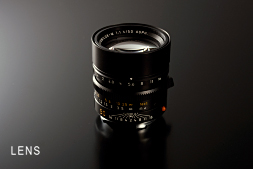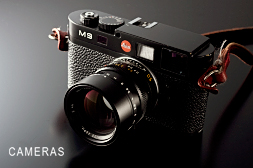
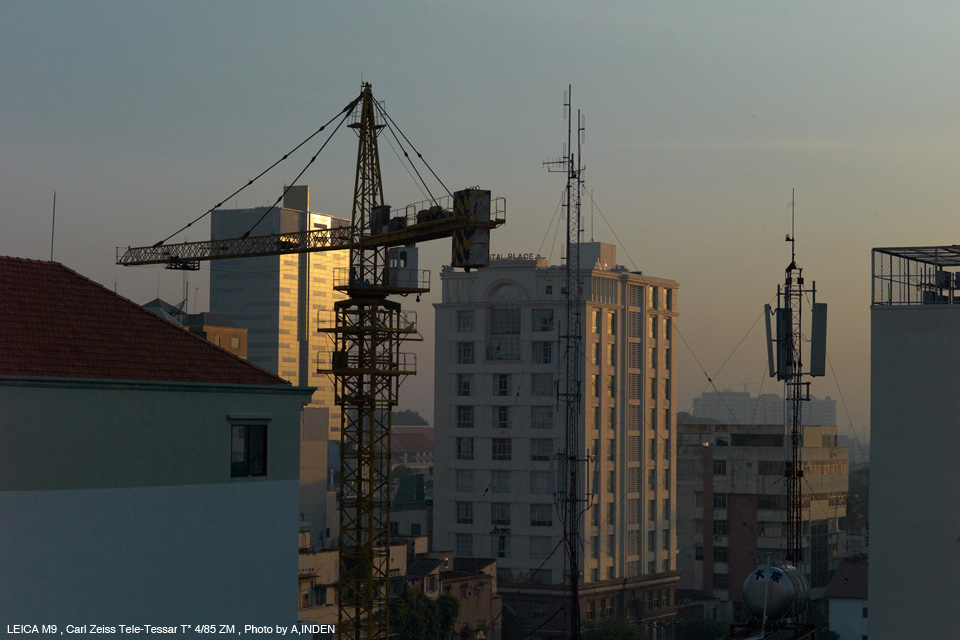
Very sharp wide open.
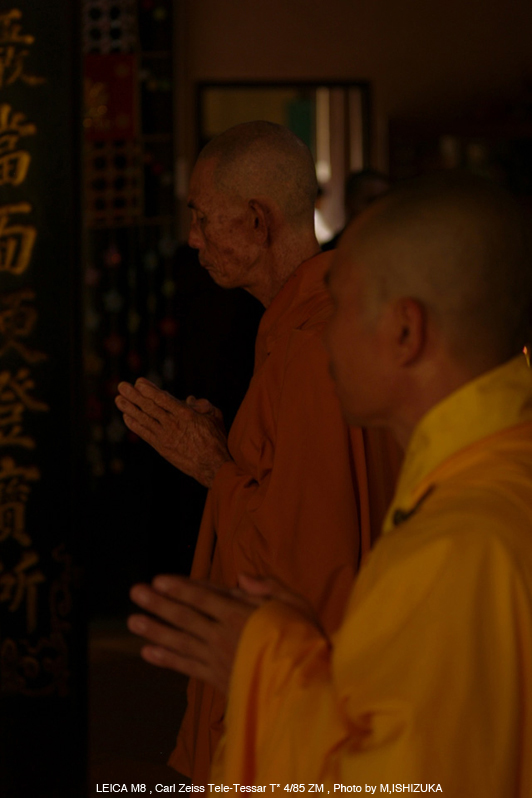
LEICA M8 , Carl Zeiss Tele-Tessar T* 4/85 ZM , Photo by M,ISHIZUKA
The bokeh is very smooth in the front and the behind.
LEICA M9 , Carl Zeiss Tele-Tessar T* 4/85 ZM , Photo by A,INDEN
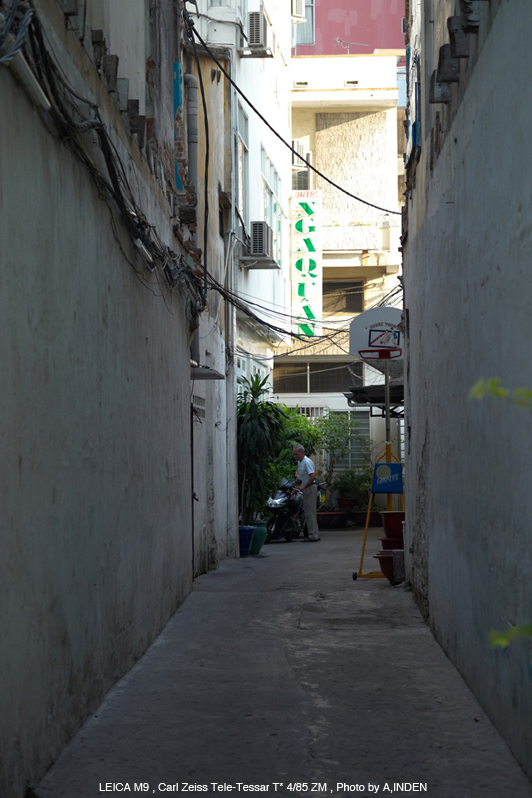
The M-mount system boasts its compactness. Because it’s mechanically optimized to use with wide or normal lenses, one would hesitate to get a short telephoto lens. Yet, 85mm or 90mm is a main lens for portraits, so it’s not that you’re not interested in it even though you don’t have it. Another merit of using this focal length is that it can capture a time axis. With its moderate compression effect and narrower angle of view, it leads viewers to imagine the scenes before and after the shot. In short, it makes shots become picturesque easily. Let’s say, if you take streetsnaps just with a short telephoto, you first get puzzled because you’re used to 35mm to 50mm perspectives. But soon, you’ll feel how it is easy and fun to frame with it. It’s so easy that next you would have to fight with the temptation to take pictures in order to frame, rather than to frame in order to take pictures. It’s simply a waste to use wide and normal lenses only just because it’s a rangefinder. If you add a short telephoto lens, your approach may change even when you use wide and normal lenses. Because of the modest specs, the Tele-Tessar T* 4/85 is an excellent performer wide open and the price is more reachable. The bokeh is natural and above all things, it’s compact. If you hide it in your bag, your shooting will be even more exciting.
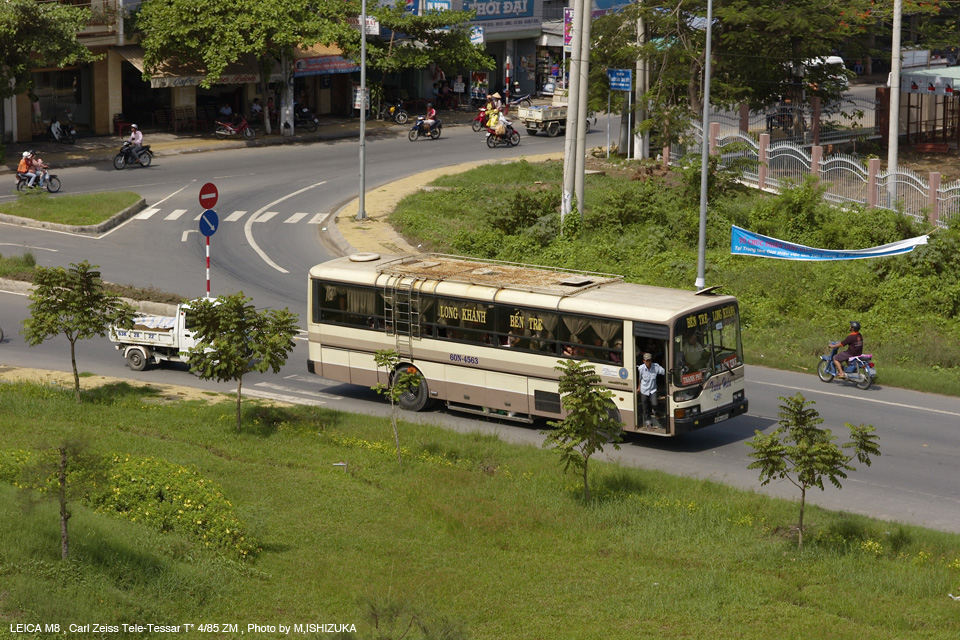
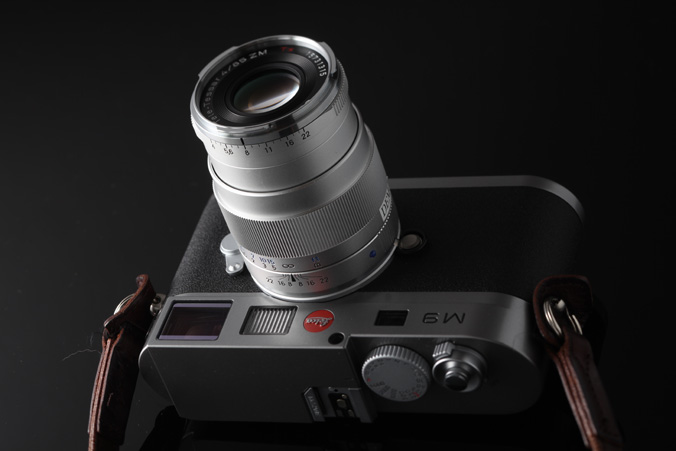
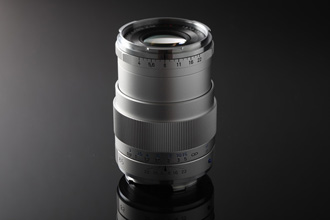
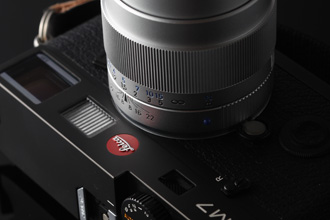
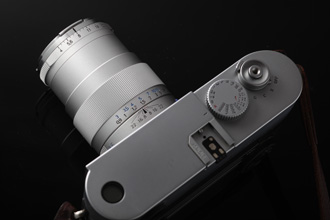
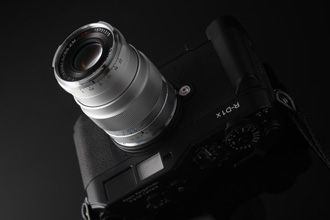
価格 : Loading..(税込) Loading..(Loading..)
撮影中レンズキャップをするのは面倒, だけれどレンズが汚れるのは・・・というときに役立つのがレンズフィルター。汚れても拭くだけ。
Loading..
Loading..
Loading..
Loading..
Loading..
SPEC
Focus length : 85mm
Aperture : f/4.0~f/22
Focusing range : 0.9m~∞
Angle of view (diagonal/horizontal) : 29°/25°
Number of lenses/groups : 5/ 3
Filter size : 43mm
Weight : 310g
Length : 70mm
Focus distance: ∞~0.9m
SHOPPING CATEGORY

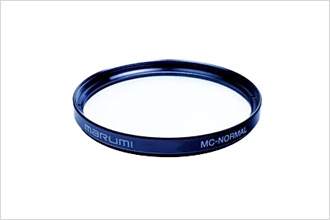
![ライカ 13417 [フィルター E43 UV/IR シルバー]](../../img/acc/filter/43mm/uvirs.jpg)
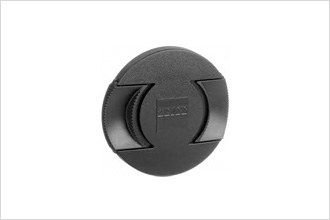
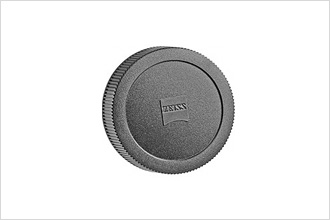
![ライカ 11884C APO-SUMMICRON-M 2/90mm ASPH. [アポズミクロンM 90mm/F2.0 ライカM]](../../img/lens/leica/asummicron90/asummicron90_img03.jpg)
![ライカ 11646 SUMMARIT-M f2.5/90mm [ズマリットM 90mm/F2.5 ライカM]](../../img/lens/leica/summarit90/summarit90_img05.jpg)
![ライカ 11629 MACRO-ELMAR-Mセット f4/90mm ブラック [マクロ・エルマーMセット 90mm/F4.0 ライカM]](../../img/lens/leica/melmar90/small.jpg)
